What is Reblozyl (luspatercept) for?
Reblozyl (luspatercept) is an interleukin-23 (IL-23) inhibitor, for the treatment of anemia (low red blood cells) in adults with:[1,2]
- transfusion-dependent anemia (low red blood cells) associated with beta thalassemia.
- myelodysplastic syndromes with ring sideroblasts (MDS‑RS) or myelodysplastic/myeloproliferative neoplasms with ring sideroblasts and thrombocytosis (MDS/MPN‑RS‑T) who need regular RBC transfusions and have not responded well to or cannot receive an erythropoiesis stimulating agent (ESA).
It is not for use as a substitute for red blood cell transfusions in people who need immediate treatment for anemia.[1]
It is available in vial form for under-the-skin injections.[1]
How does Reblozyl (luspatercept) work?
Beta thalassemia is a genetic blood disease caused by a defect in the hemoglobin gene. Because of this, less healthy red blood cells (RBCs) are produced, which often leads to severe anemia. Myelodysplastic syndromes (MDS) are a group of blood cancers, which is caused by the ineffective production of healthy RBCs, white blood cells and platelets, which can lead to anemia.[3,4]
Patients with anemia who require regular blood transfusion have an increased risk of negative side effects of transfusion, including iron overload, transfusion reactions and infections.[3,4]
Luspatercept is an erythroid maturation agent, which helps immature erythroid cells to develop and become mature, healthy RBCs. This means that there are more mature RBCs in the bloodstream, which may improve anemia.[2]
Where has Reblozyl (luspatercept) been approved?
Reblozyl (luspatercept) was approved by:
- The Food and Drug Administration (FDA), USA for the treatment of:
- The European Medicines Agency (EMA), for the treatment of:
- Health Canada for the treatment of adults with beta thalassemia on September 29, 2020
It is the first approved erythroid maturation agent, which represents a new class of therapy which works by helping red blood cells mature, to help patients reduce their burden of blood transfusion.[3]
Please note that this medicine may have also been approved in other regions than the ones we’ve listed. If you have a question about its approval in a specific country feel free to contact our support team.
How is Reblozyl (luspatercept) taken?
The standard dosage is:[1]
- 1 mg/kg body weight once every 3 weeks by injection under the skin (subcutaneous).
Your treating doctor will check your hemoglobin levels every time before you receive Reblozyl (luspatercept). The dosing amount may be increased or decreased or the dosing schedule may be adjusted based on the results.[1,2]
If the scheduled dose is delayed or missed, your doctor will give your dose as soon as possible, so treatment can continue as prescribed with at least 3 weeks between doses.[1,2]
You should receive Reblozyl (luspatercept) as long as your doctor finds it is working for you and you are able to tolerate any potential side effects that may occur.[2]
Complete information about Reblozyl (luspatercept) dosage and administration can be found in the official prescribing information listed in our references section.[1 ]
Note: Please consult with your treating doctor for personalised dosing.
Are there any known adverse reactions or side effects of Reblozyl (luspatercept)?
Common adverse reactions
The most common adverse reactions (≥20% of patients) listed in the prescribing information include:[1]
- Tiredness
- Muscle or bone pain
- dizziness
- Diarrhea
- Stomach (abdominal) pain
- Allergic reactions
- Headache
- Joint pain (arthralgia)
- Nausea
- Cough
- Trouble breathing
Serious adverse reactions
The serious adverse reactions listed in the prescribing information include:[1]
- Blood clots in the arteries, veins, brain, and lungs
- High blood pressure

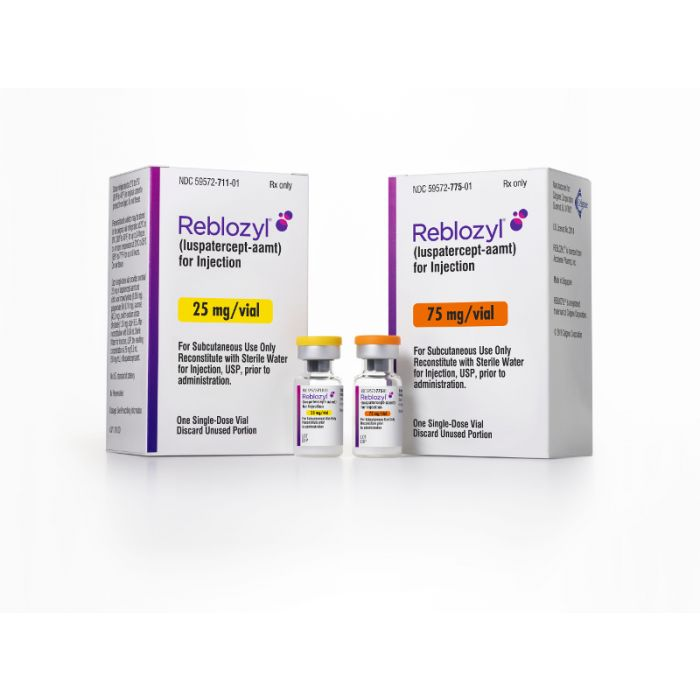
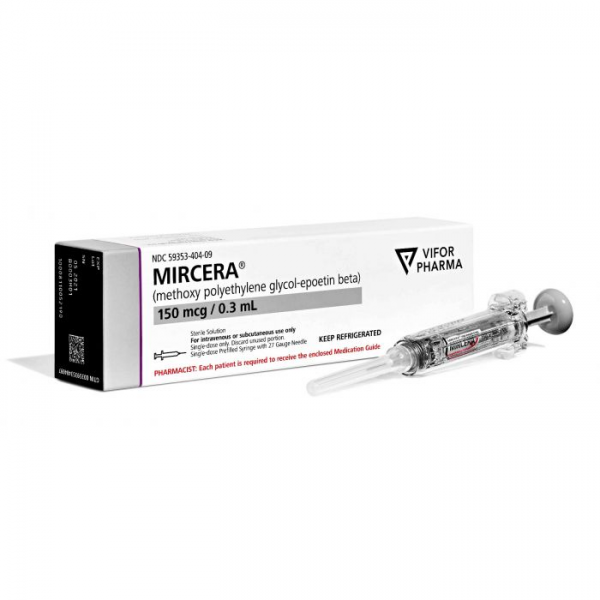

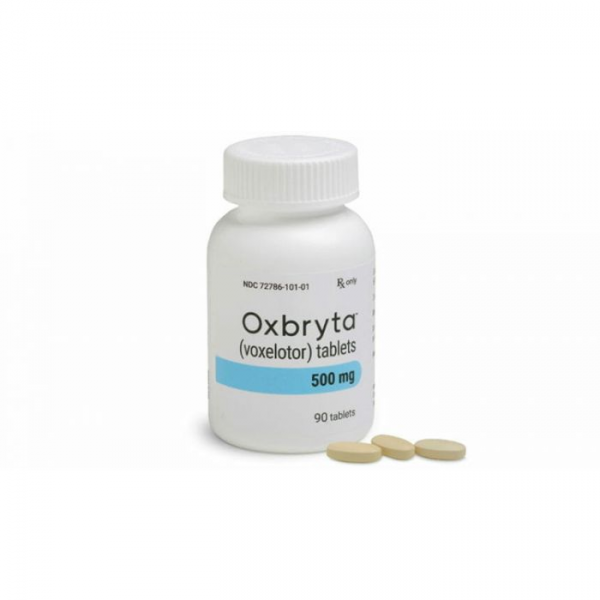



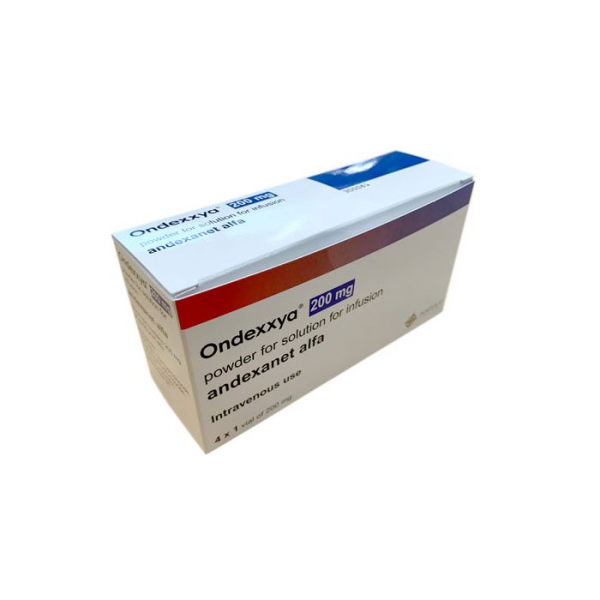
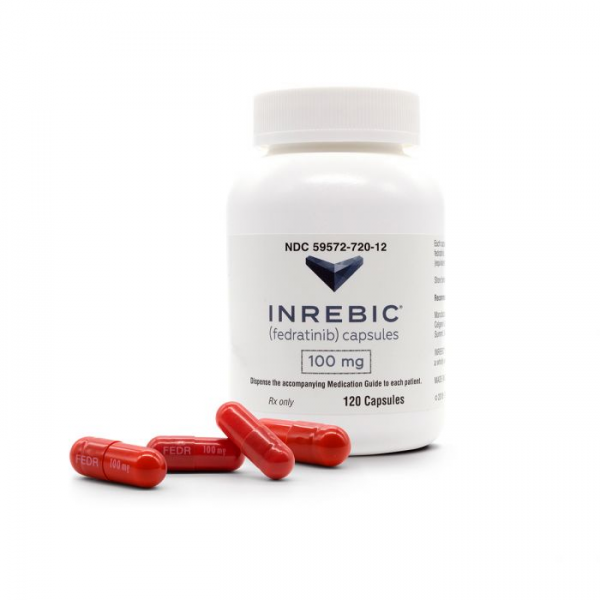
Reviews
There are no reviews yet.